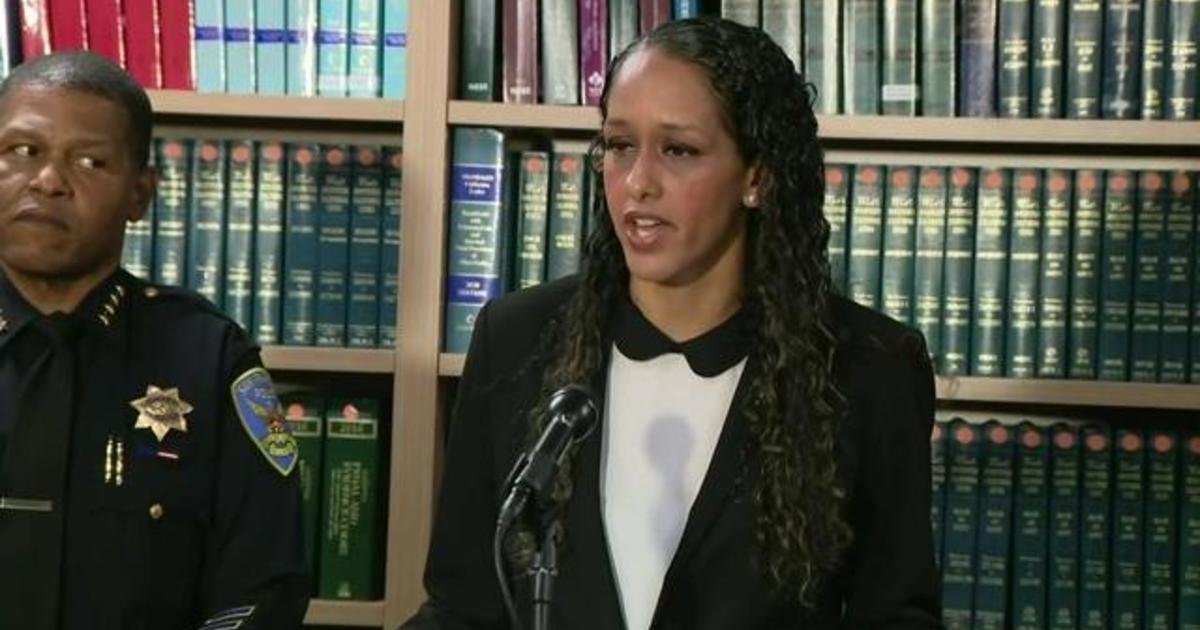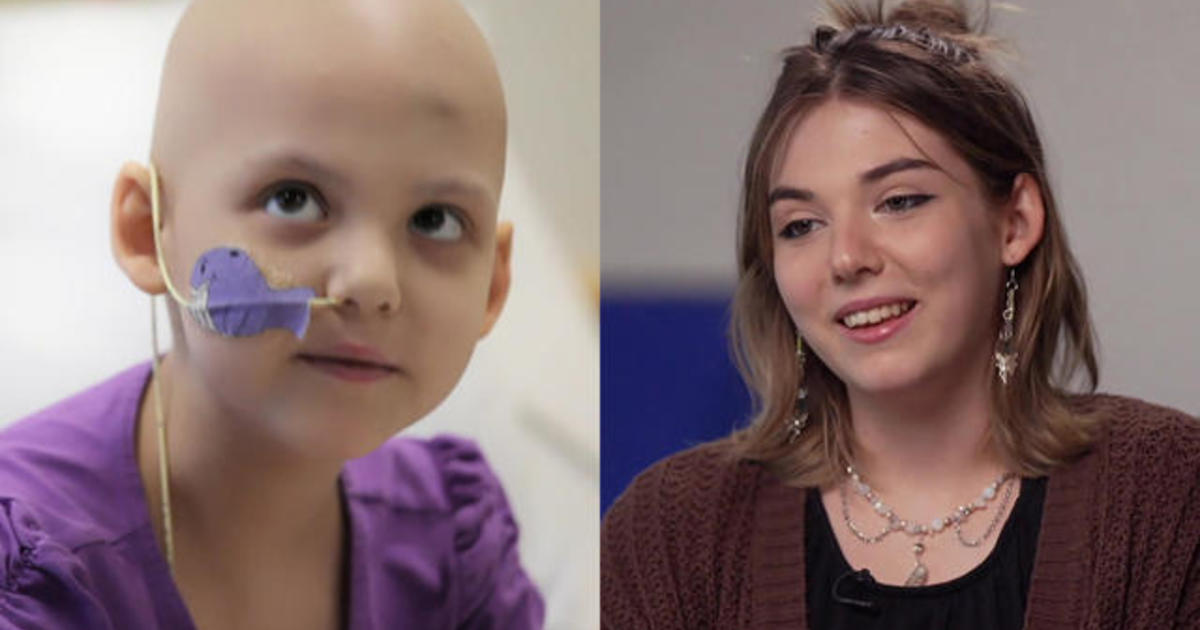Candy manufacturers are fighting against plastic waste

Halloween is a great time of year, especially if you have kids. But vacations can also cause a lot of spending.
Halloween treats have a tricky problem: plastic packaging, which is difficult to recycle.
As America loads up on an estimated 600 million pounds of candy on Halloween, several companies are trying to make it easier to recycle all that wrapper. But they admit their efforts are only making a small dent, and say more fundamental changes are needed.
Since early October, Mars, the maker of Snickers and M&Ms, has distributed 17,400 candy collection bags to U.S. consumers through its website and at community events. The bags can be filled with any brand of wrappers and packaging and mailed to a specialized recycler in Illinois for free. This recycler, G2 Revolution, forms the bags into pellets and uses them to make dog litter bags.
The bag holds about 4 ounces of material; if all 17,400 are returned, it will equal more than 2 tons of recycled packaging. But even then, a recycling program will solve only a small part of the problem.
“What I’d like to see is that this program really goes away over time and we have a solution where we don’t need it anymore and we completely recycle,” said Tim Lebel, president of sales for Mars Wrigley US
Halloween candy and decorations are displayed at a store in Freeport, Maine.
Photo by AP/Robert F. Bucaty
Mars is partnering with Lexington, Ky.-based Rubicon Technologies, a consultant and software provider that connects companies and municipalities with recyclers. Since 2019, Rubicon has had its own program called Trick or Trash, which sends one free box to schools, businesses and community groups to collect candy for recycling. An extra box or personal use box is $100; Rubicon says it covers the costs of making the box, shipping it both ways and recycling the wrappers. Rubicon expects to ship 5,000 boxes this year.
Mars and Rubicon won’t say how much they’re spending on their Halloween programming. Rubicon notes that UPS pays extra to offset the carbon emissions from shipping.
Plastic wrappers are ideal for candy for many reasons. They are cheap and lightweight, which reduces shipping costs, said Muhammad Rabnawaz, an assistant professor at Michigan State University’s School of Packaging. They are also easy to modify for different functions; some may have a coating to prevent candies from sticking to them, for example.
But plastic wrap is a problem for recycling companies. They often contain a mixture of materials, such as foil, that need to be separated. They are small and flimsy, allowing them to easily bypass conventional sorting equipment. They must be cleaned of fat, oil and other food waste. They are multi-colored, so if you mix them together, they turn out to be an unattractive brown.
Even when companies make efforts to recycle candy wrappers, they produce such cheap plastic that it doesn’t pay for the recycling costs.
“It has to be profitable. These guys are not social workers,” said Brandon Wright, a spokesman for the National Waste Recycling Association, which represents waste recycling companies.
As a result, a lot of plastic packaging is thrown away. According to the US Environmental Protection Agency, in 2018, containers and packaging made up 21% of the trash that ended up in landfills.
That’s why it’s critical that food companies or individual consumers fund recycling efforts, said Tom Sacchi, CEO of TerraCycle.
The New Jersey-based recycling company recycles candy wrappers in the United Kingdom through partnerships with Nestle and Ferrero. In the US, the company will send boxes to consumers to collect candy and snack wrappers and return them for recycling. A small box costs $86; large is $218. TerraCycle said this covers the shipping costs and the recycling process for several parts.
Since 2014, TerraCycle has recycled about 40 million wrappers worldwide, Saki said.
Leah Carrer, a conservationist in Washington, D.C., bought a TerraCycle box in 2020 and collected 5 pounds of Halloween candy wrappers from about 20 neighbors. She enjoyed raising awareness and supporting TerraCycle, but she didn’t do it anymore because the box was so expensive.
“It’s not a cost-effective solution for most families when things can just be thrown in the bin to be picked up for free,” she said.
This year, she ordered a free bag from Mars to communicate that consumers care about plastic waste and want companies to switch to green packaging.
“The onus is not on the customer to solve the massive plastic waste problem,” she said. “The solution is to change the system.”
Candy makers say they are spending millions to develop new packaging that is easier to recycle or compost.
Mondelez Cadbury introduced more recyclable packaging in select markets this year, made from 30% recycled plastic. Mars recently partnered with biotech company Danimer Scientific to develop compostable packaging. The Hershey Company has set a goal of making all of its packaging easily recyclable, reusable, or compostable by 2030.
The National Confectioners Association, which represents the confectionary industry, says federal, state and local governments also need to invest in better recycling.
But Janet Dominicz, executive director of the Massachusetts Public Interest Research Group, said recycling alone never keeps up with the amount of packaging waste people create. Dominitz said single-use plastic packaging should be phased out entirely.
“The problem isn’t the amount of Halloween candy wrappers, it’s the 365 days a year our infrastructure is set up to throw away,” she said.
10 Halloween candies that do not cause allergies
1. Points

Dots, the chewy classic bubble gum, is a sweet treat for allergy sufferers this Halloween convenient mini boxes. Dots are free of eight major food allergens: eggs, fish, shellfish, tree nuts, peanuts, milk, wheat and soybeans.
2. Fish in Swedish

These delicious fish-shaped candies are free of milk, eggs, peanuts, tree nuts, fish, shellfish, soy and wheat. In addition to being free of the eight major food allergens, Swedish fish is suitable for vegans. They are also affordable buy wholesale for gifts.
3. Cups for sunflower oil Free2Be

Free2Be offers one of the most compelling allergy-fighting alternatives to Reese’s Peanut Butter Cups. This version uses sunflower oil and is free of the top 12 allergens: peanuts, dairy, tree nuts, gluten, coconut, eggs, sesame, soy, mustard, corn, fish and shellfish. The biggest downside is that they are a little on the expensive side, so these Halloween treats would be better served as a family treat rather than raffled off.
4. YumEarth Gummies, Pops and Giggles

Discerning parents who still want to give out the occasional treat have probably bought YumEarth candy before. YumEarth candies are free of artificial colors and high fructose corn syrup. All of their ingredients are also non-GMO, vegan and gluten free. Grab a bag for Halloween candies, gummies and “Giggles” (their version of Skittles) colored in fun colors with natural ingredients like turmeric, carrot, apple, pumpkin and blackcurrant.
5. Chocolate candies without whey

No Whey makes delicious blanks of your favorite chocolates free of nine common allergens: dairy, peanuts, tree nuts, soy, wheat, egg, sesame, gluten, and artificial colors and flavors. They are also suitable for vegans. Halloween variety pack contains Milkless Minis (a Hershey’s dupe), PeaNot Cups (Resee’s), Choco No No’s (M&Ms), and chocolate covered pretzels.
6. Smart people

Did you know that this classic treat from Spangler Candy is hypoallergenic? Smart people are free of nine major food allergens (milk, egg, fish, shellfish, peanut, wheat, soy and sesame) and are also gluten-free and vegan.
7. Junior Mints

Creamy, chocolate Junior Mint are a Halloween favorite for a reason. This delicious candy is free of peanuts, tree nuts, wheat and gluten. While the products may contain small amounts of milk and eggs, children with nut allergies can enjoy this treat because the production facilities are peanut and tree nut free.
8. Sour Patch Kids

They are sour and then sweet. What’s even sweeter Sour Patch Kids are free of milk, egg, wheat, fish, shellfish, peanuts, tree nuts and soy, which means that almost everyone can enjoy this spicy treat.
9. Enjoy Life Mini Ricemilk Crunch Bars

Enjoy Life is committed to making sure everyone can enjoy delicious treats. This allergy-friendly brand is free from wheat, peanuts, tree nuts, dairy, casein, soy, eggs, sesame, sulfites, lupine, mustard, fish, shellfish and crustaceans. The Rice Milk Crunch the mini bars are also suitable for vegans.
10. Dum Dums

Dum Dums are a smart, allergy-free Halloween candy choice. Each of the fun assorted flavors (yes, we’re still debating what a “mystery” is) is free of the Big Eight food allergens, as are all Spangler products. They are also some of the most affordable candy to give out on Halloween.
Halloween is almost here. If you still haven’t decided what to wear, don’t panic. These lightweight oriental costumes can be pulled up…
It’s October again, and you know what that means: it’s time to dress up your pets in Halloween costumes and reward them with lots of treats.
The best way to get into the Halloween spirit is to stream some spooky movies. Here are the best Halloween movies on Hulu, from horror to thrills…
The scary season is coming.
From ghost stories to Southern Gothic, these 10 spooky book picks will get you ready for Halloween in no time.
October is packed with family-friendly events, but they often don’t come cheap. If you’re looking for an affordable way to spend the day, try these…
https://pantagraph.com/lifestyles/trick-or-trash-candy-makers-grapple-with-plastic-waste/article_8874ff27-bded-522d-897d-2fcc858d07b7.html



